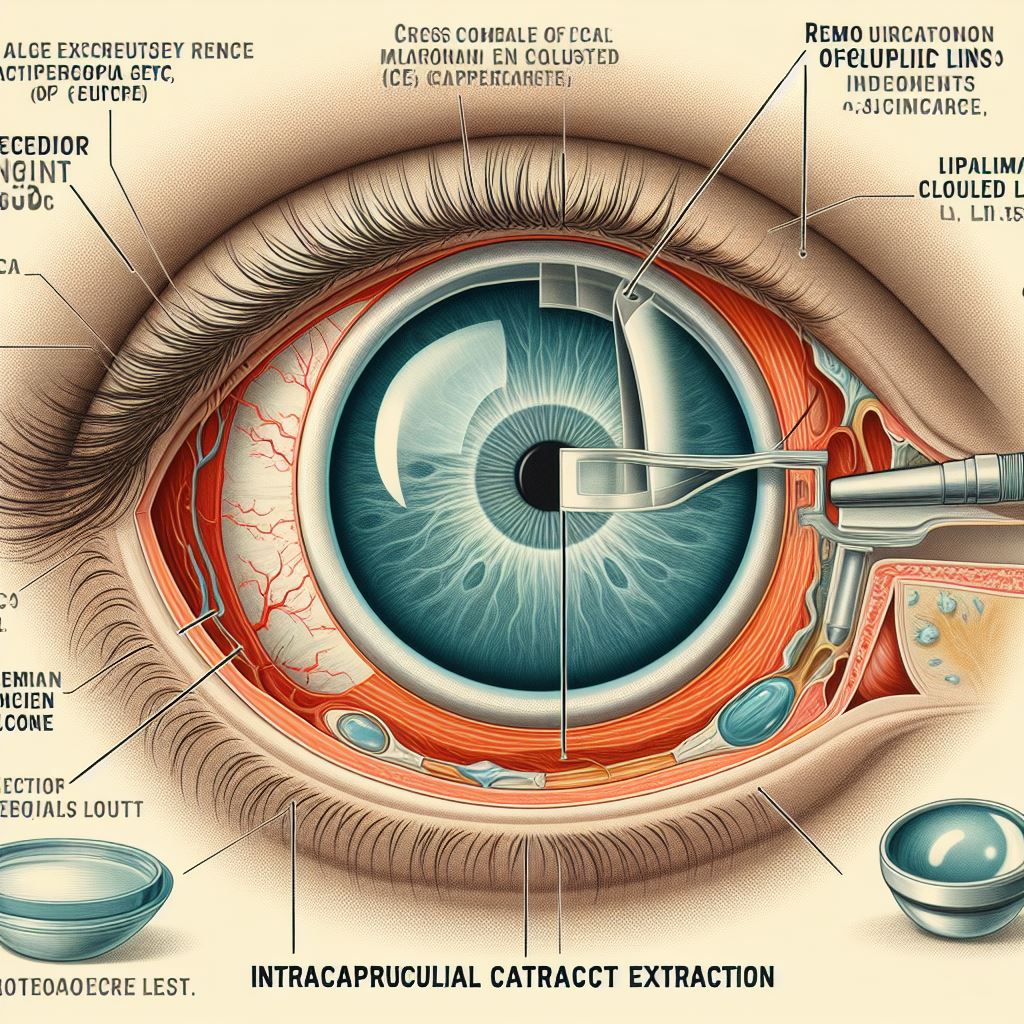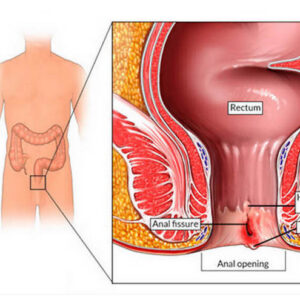Description
Intracapsular cataract extraction (ICCE) is a surgical procedure that was once commonly used to treat cataracts but has largely been replaced by more modern methods. Here’s a detailed overview of ICCE:
Familiarity with Treatment:
ICCE is an older method of cataract surgery where the entire lens and the surrounding capsule are removed from the eye. It was popular before the 1980s but is now less common due to advancements in cataract surgery techniques1.
Procedure:
The procedure involves making a large incision in the eye, using cryotherapy or another method to freeze and extract the entire lens with its capsule. The eye is then prepared for the placement of an artificial lens2.
Who is it Suitable For?
ICCE may be suitable for cases where the lens is extremely dense or when there is significant zonular weakness, which makes other forms of cataract surgery risky or impossible3.
Who is it Not Suitable For?
ICCE is generally not suitable for patients who can be treated with more modern techniques like phacoemulsification or ECCE, which are less invasive and have quicker recovery times3.
Advantages:
The main advantage of ICCE is its ability to manage very dense cataracts and cases with zonular weakness where the lens is not stable enough for other procedures3.
Complications:
ICCE has a higher risk of complications compared to modern procedures. These can include increased astigmatism due to the large incision, infection, inflammation, retinal detachment, and cystoid macular edema3.
Preoperative Care:
Preoperative care includes a thorough eye examination and measurements for the artificial lens. Patients may also be advised to fast and avoid certain medications before the surgery3.
Postoperative Care:
After ICCE, patients will need to use eye drops to prevent infection and control inflammation. Regular follow-up appointments are necessary to monitor the healing process and detect any complications early






Reviews
There are no reviews yet.